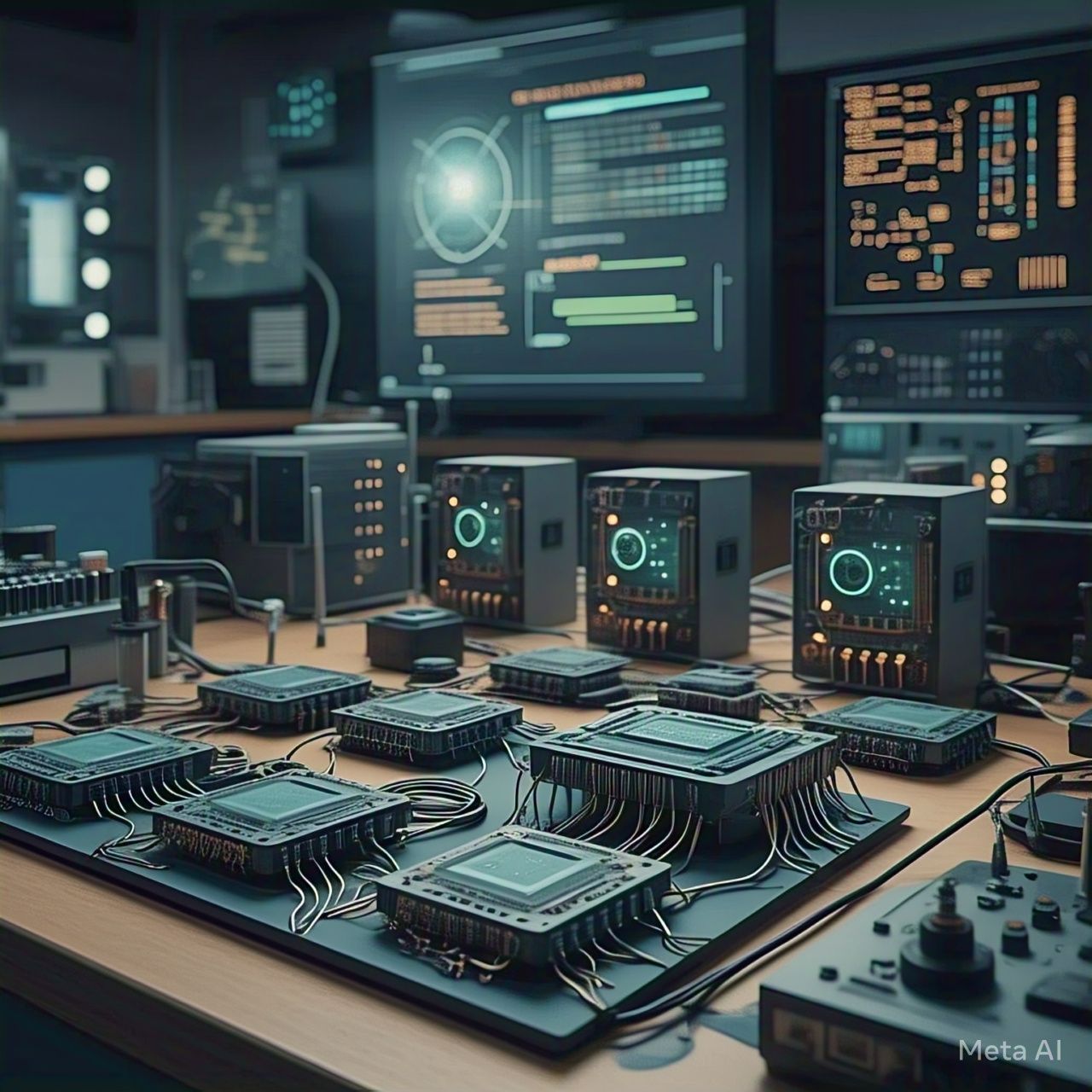Introduction
Artificial intelligence (AI) is revolutionizing industries, from healthcare to finance, and at the core of this transformation lies advanced hardware. While traditional central processing units (CPUs) and graphics processing units (GPUs) have driven AI advancements, a new class of specialized hardware is emerging: Neural Processing Units (NPUs). These AI-optimized microchips are redefining computing by delivering unparalleled speed, efficiency, and energy savings.
What Are Neural Processing Units (NPUs)?
Neural Processing Units are specialized microchips designed specifically to accelerate AI workloads, particularly deep learning and machine learning tasks. Unlike traditional CPUs, which process instructions sequentially, NPUs leverage parallel computing architectures optimized for neural network computations. This design enables faster and more efficient AI processing compared to conventional processors.
The Key Advantages of NPUs
1. Unmatched Speed and Efficiency
NPUs are built to handle complex AI computations with minimal latency. Their architecture allows them to perform multiple AI operations simultaneously, reducing processing time and enhancing real-time AI applications such as facial recognition and voice assistants.
2. Lower Power Consumption
Unlike GPUs, which are power-intensive, NPUs offer superior performance while consuming less energy. This efficiency is critical for edge AI applications, where battery life and thermal constraints play a crucial role.
3. Optimized for Deep Learning
NPUs excel at executing deep learning models, handling tensor calculations, and optimizing data flow for AI algorithms. Their hardware acceleration capabilities make them ideal for training and inference tasks in artificial intelligence.
4. Enhancing Edge Computing
As AI moves closer to the edge—powering smart devices, autonomous vehicles, and IoT applications—NPUs are becoming essential. Their ability to process AI tasks locally, without relying on cloud computing, ensures faster responses and improved security.
NPUs vs. GPUs vs. TPUs: A Comparative Analysis
| Feature | NPUs | GPUs | TPUs |
|---|---|---|---|
| Designed for | AI inference and deep learning | Graphics rendering and AI workloads | AI training and inference |
| Power Efficiency | High | Moderate | High |
| Processing Speed | Optimized for neural networks | General-purpose parallel computing | Optimized for AI models |
| Use Cases | Edge AI, mobile devices, embedded systems | Gaming, AI research, cloud-based ML | Google AI applications |
Applications of NPUs in AI and Beyond
1. Smartphones and AI-Powered Devices
Modern smartphones now feature NPUs to enhance camera functionalities, speech recognition, and augmented reality experiences. Brands like Apple and Qualcomm integrate NPUs to improve AI-driven mobile applications.
2. Autonomous Vehicles
Self-driving cars rely on NPUs to process vast amounts of sensor data in real time. These chips enable faster decision-making, improving safety and navigation efficiency.
3. Healthcare and Medical AI
NPUs are accelerating AI-driven diagnostics, medical imaging, and drug discovery. Their high computational power allows for faster and more accurate disease detection.
4. Security and Surveillance
Facial recognition and real-time security analytics benefit from NPUs, allowing quick processing of surveillance footage and threat detection with minimal latency.
5. Smart IoT and Edge AI
NPUs are becoming the backbone of smart homes, industrial automation, and edge computing applications, enabling intelligent decision-making at the device level without cloud dependency.
Challenges and Future Outlook
While NPUs offer groundbreaking advantages, challenges remain. Integrating NPUs into existing computing architectures, ensuring compatibility with AI frameworks, and reducing production costs are areas requiring further development. However, with continued investment from tech giants like Intel, NVIDIA, and Google, NPUs are set to become the cornerstone of next-generation AI computing.
Conclusion
Neural Processing Units (NPUs) are revolutionizing AI computing, offering unmatched speed, efficiency, and power optimization. As industries increasingly adopt AI-driven solutions, NPUs will play a crucial role in enabling smarter, faster, and more sustainable computing. With rapid advancements in semiconductor technology, NPUs are paving the way for a future where AI seamlessly integrates into everyday life.




